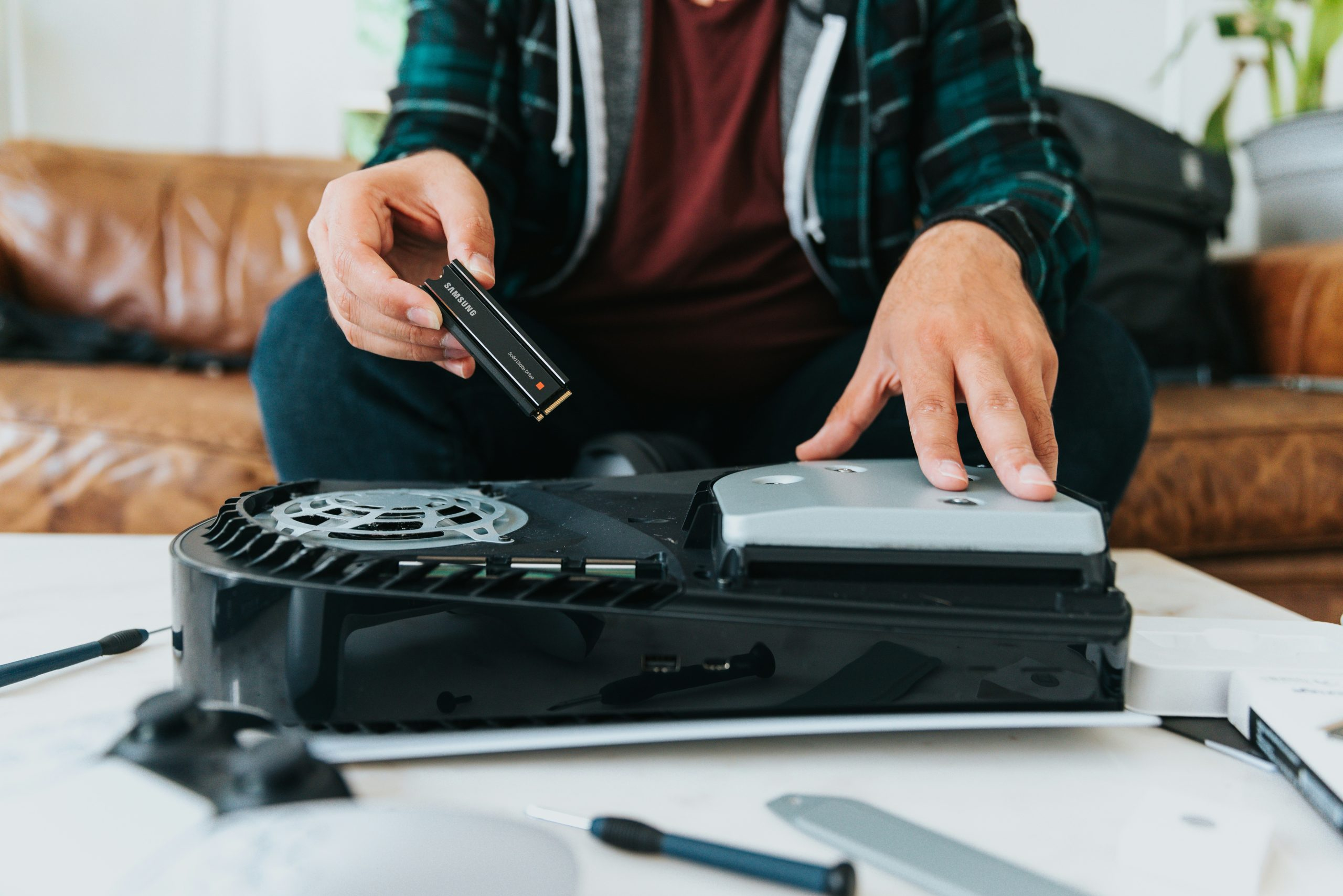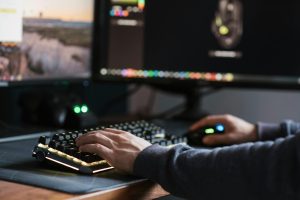AI Bias in Hiring Algorithms: How Hardware Perpetuates Inequality
The rise of artificial intelligence (AI) has been nothing short of astonishing. From automating tedious tasks to assisting in medical diagnoses, AI has become a crucial tool in many industries. However, as with any emerging technology, there are concerns and challenges that need to be addressed. One of the most pressing issues is AI bias, specifically in hiring algorithms. Despite the promise of providing a fair and unbiased means of candidate evaluation, these algorithms can perpetuate inequality. In fact, a significant factor in this bias lies in the hardware used to develop and implement these algorithms. In this article, we will delve into the complex interplay between AI bias, hiring algorithms, and hardware, and explore potential solutions to mitigate this issue.
Understanding AI Bias in Hiring Algorithms
AI bias refers to the often-unintentional discrimination that occurs in the decision-making process of AI systems. This bias can manifest in a variety of ways, including algorithmic decision-making, data collection, and model development. When it comes to hiring algorithms, AI bias can occur at all stages, leading to a lack of diversity and perpetuation of discrimination.
At the initial data collection stage, AI systems depend on historical data to develop their algorithms. This data may be biased, reflecting the societal and cultural bias that exists in the real world. For example, if data from previous hiring decisions was predominantly based on the demographics of white males, the algorithm may be more likely to select white males for future positions, perpetuating the lack of diversity in the workplace. Furthermore, AI systems are often trained using data from existing employees, which can lead to a homogenous workforce and further exacerbate the issue of AI bias in hiring.
The Role of Hardware in AI Bias
While data plays a significant role in AI bias, the hardware used to develop and run these algorithms also plays a crucial role. Hardware refers to the physical components of a computer system, including processors, memory, and input/output devices. These components are responsible for executing the instructions and algorithms of AI systems. However, these components are not inherently unbiased and can contribute to AI bias in hiring algorithms in several ways.
Firstly, the selection and configuration of hardware components can have a significant impact on the performance of AI systems. For example, some hardware may be better suited for specific types of algorithms, resulting in unequal treatment of different groups of candidates. Moreover, certain hardware may be more prone to errors or biases, which can affect the accuracy and fairness of the algorithm.
Additionally, the location and design of the hardware used to develop and run AI systems can also contribute to bias. For example, if the hardware is situated in a geography with a demographic skew, it can lead to the same demographic bias in the algorithm. Similarly, the design of hardware can also introduce bias, as it may include cultural assumptions or preferences that can influence the decision-making process.
Addressing AI Bias in Hiring Algorithms
The issue of AI bias in hiring algorithms is a complex one, and there is no quick fix or simple solution. However, there are steps that individuals and organizations can take to mitigate this bias and foster more diverse and inclusive hiring practices.
One approach is to increase transparency and accountability in the development and use of AI systems. This includes documenting the entire process, from data collection to algorithm development, to identify potential biases and ensure fairness in the algorithm’s decision-making process. Additionally, organizations can work towards building more diverse and inclusive teams responsible for developing and maintaining AI systems, which can help identify and address any potential bias.
Another crucial step is to continuously monitor and evaluate the performance of AI systems. This includes regular audits of the data used, as well as the algorithms themselves, to identify and address any biases that may have arisen over time. Additionally, having a diverse group of independent auditors can provide different perspectives and help in the identification of potential biases.
Finally, it is essential to invest in unbiased hardware and computing resources. This includes selecting components that are unbiased and without built-in assumptions or preferences. While creating truly unbiased hardware systems may seem like a daunting task, incorporating ethical design principles and a diverse team of developers can help in this pursuit.
The Future of AI and Fair Hiring
The issue of AI bias in hiring algorithms is a complex and multi-faceted one, and it may take time to find comprehensive solutions. However, by addressing bias at all stages of the algorithm’s development and use, and incorporating transparency and accountability, we can work towards creating a fairer and more diverse workplace.
As AI technology advances and becomes increasingly prevalent, it is crucial to consider the role of hardware in perpetuating inequality. By understanding and addressing these issues, we can harness the full potential of AI to create more inclusive and equitable hiring practices. Let us continue to push for unbiased hardware, diverse perspectives, and ethical design principles to create a future where AI works for everyone.











